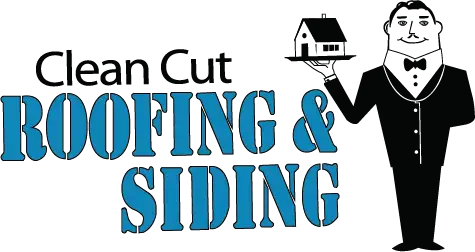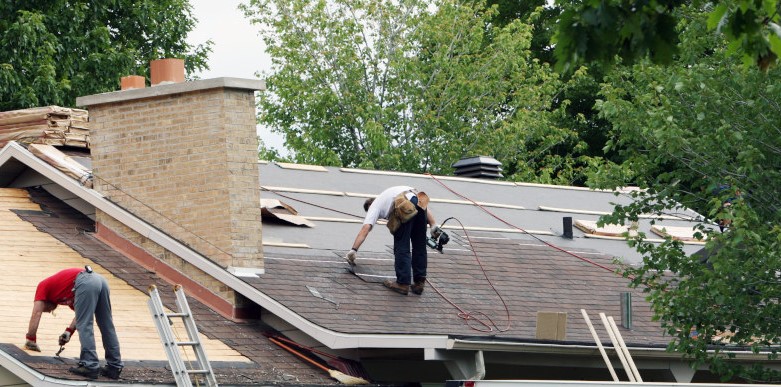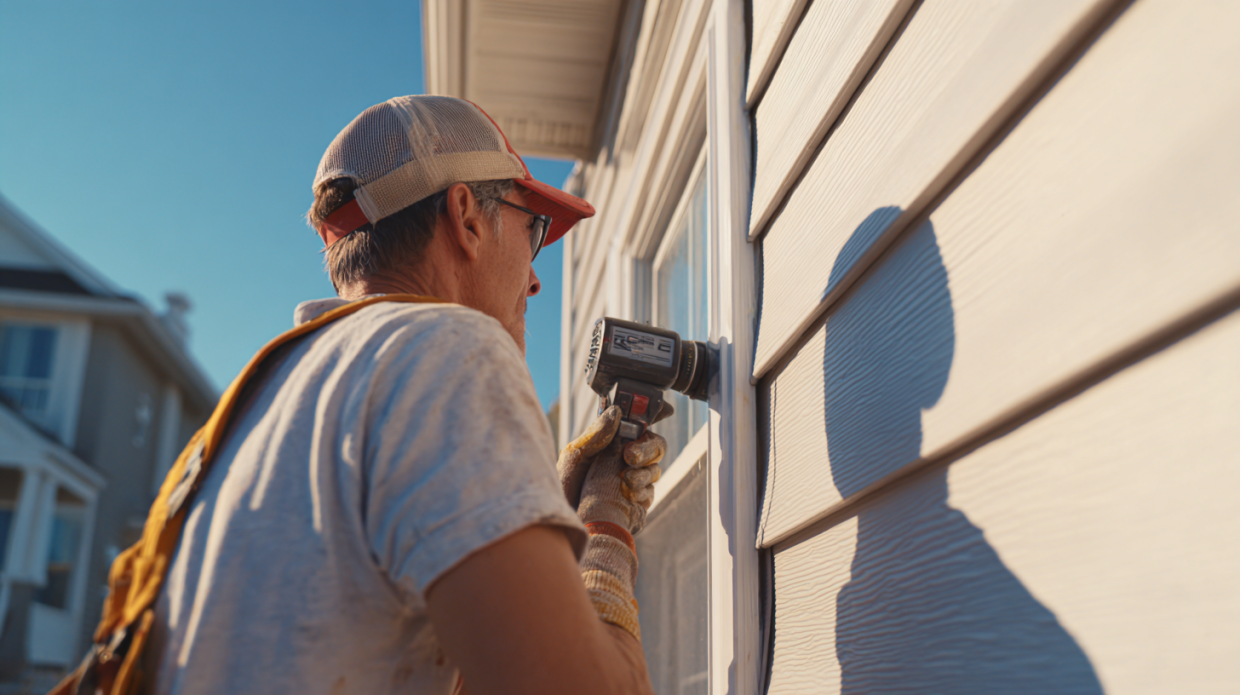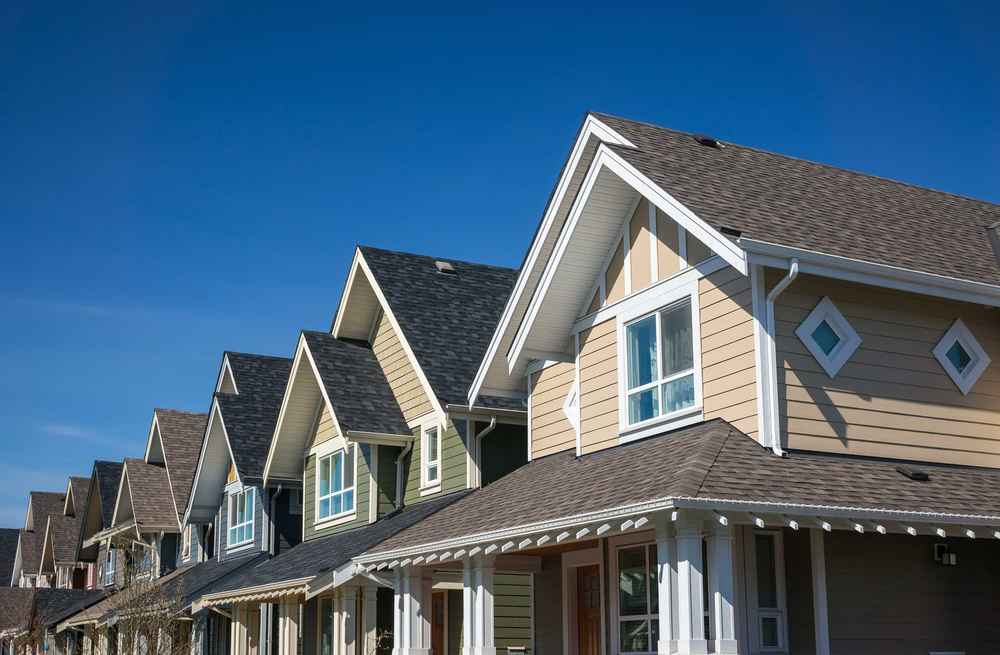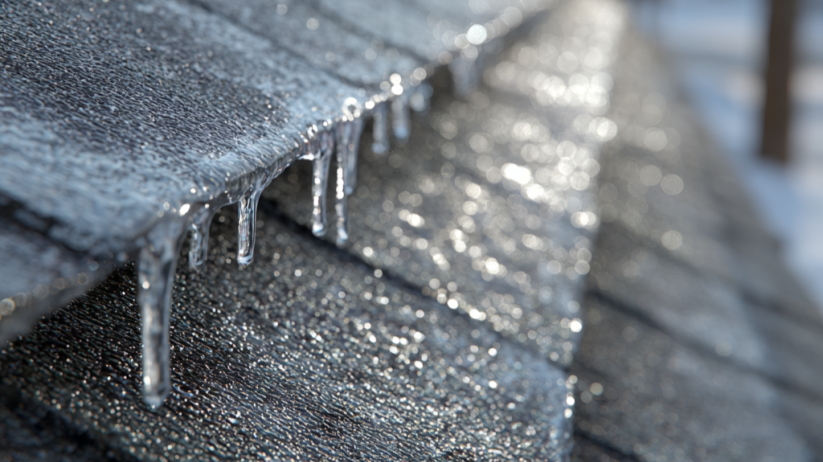When snow piles up and winds whip across Utah’s valleys and mountains, your roof stands between your family and the elements. But even the toughest systems can take a hit. Ice buildup, drifting snow, or a single strong gust can tear away shingles or open up leaks in hours. When that happens, a quick, professional response can make all the difference, and that’s where a reliable roof tarp Utah homeowners can count on comes in.
At Clean Cut Roofing & Siding, we understand how stressful storm damage can be. You just want to keep your home dry and your family safe. Emergency tarping provides immediate protection, buying you time until permanent repairs are made. In this guide, we’ll explain what to do right after a storm, when to call for emergency roofing services, and how to prevent more damage while you wait for repairs.
Key Takeaways
- A roof tarp in Utah shields your home from leaks, ice, and snowmelt after storm damage.
- Acting fast with professional emergency roofing services prevents interior water damage and mold.
- If your roof is icy or unstable, stay safe, call Clean Cut Roofing & Siding for expert storm damage roof help before attempting repairs.
Need urgent protection? Our Utah team provides same-day emergency tarping and free inspections to help you get back on solid ground.
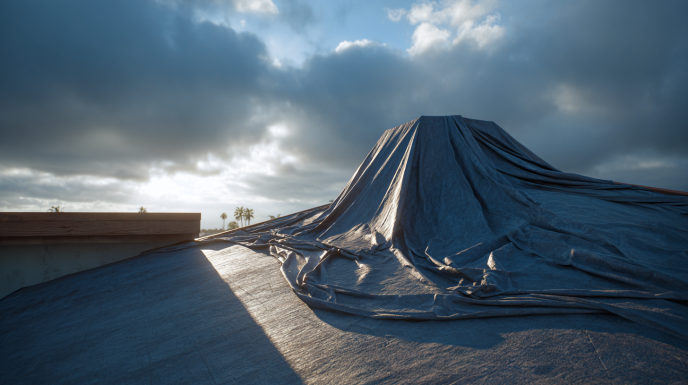
Why Roof Tarping Matters in Utah’s Harsh Winter Weather
Utah winters are beautiful and brutal. Between the Wasatch snowpack, high-elevation winds, and freeze-thaw cycles, your roof faces constant stress. As temperatures rise and fall, melting snow seeps under shingles and refreezes overnight, prying apart roofing materials and creating leaks.
A professionally installed roof tarp serves as your roof’s temporary shield. It blocks out moisture, protects insulation, and keeps the structure stable until repairs are completed. Think of it as an emergency winter coat for your home, one that prevents thousands in future damage.
At Clean Cut Roofing & Siding, we use commercial-grade tarps built to withstand Utah’s winds and cold. Our team secures them tightly to prevent flapping, tearing, or water intrusion, so your home stays protected through the next storm.
How to Safely Assess Roof Damage After a Storm
After a heavy snow or ice storm, it’s natural to want to check for damage, but climbing up there isn’t always safe. Here’s how to do it the right way:
- Start from the ground: Look for missing shingles, holes, or sagging sections.
- Inspect inside: Check your attic and ceilings for dark spots or damp insulation.
- Check your yard: Fallen branches, shingles, or flashing pieces are clear warning signs.
- Stay off the roof: Snow and ice make surfaces slippery and unstable. If you’re unsure, leave the inspection to a professional.
If conditions look dangerous, and they often are in Utah winters, our licensed team can perform a full assessment safely. We’re trained to handle everything from small leaks to severe storm damage roof help, so you can avoid unnecessary risk.
What Happens During Emergency Roof Tarp Installation
A quick, careful tarp installation keeps your home dry until repairs are complete. Here’s how professionals like our team handle it.
1. Measure the Damaged Area
We calculate the exact coverage needed, ensuring the tarp extends at least three to four feet beyond the damaged section. This overlap prevents wind lift and water seepage.
2. Clear Debris (If Safe to Do So)
We remove loose materials like shingles, branches, and ice chunks to create a smooth surface. A clean base helps the tarp seal tightly.
3. Position the Tarp
The tarp is laid over the damaged zone, starting from the ridge and extending past the eaves. This allows water and snowmelt to flow naturally off the roof instead of pooling.
4. Secure with Wooden Boards
The tarp’s edges are wrapped around 2×4 boards and nailed into the decking, anchoring it without tearing the material. We reinforce corners and seams for extra strength.
5. Inspect the Seal
Finally, we test every section to make sure it’s tight, wind-resistant, and ready for Utah’s unpredictable weather.
Safety Tip: Never attempt to tarp your roof during active snowfall, high winds, or icy conditions. It’s not worth the risk; professional crews like Clean Cut Roofing & Siding have the gear, training, and experience to do it safely.
When to Call for Emergency Roofing Services
Some damage looks small but hides major problems beneath. If you notice any of the following, it’s time to call in emergency roofing services:
- Active leaks or ceiling drips
- Large patches of missing shingles
- Roof sagging or visible holes
- Ice dams are forming along the eaves
- Structural cracks or broken trusses
At Clean Cut Roofing & Siding, we respond fast to keep your home protected. We’ll tarp your roof, inspect for hidden damage, and create a clear, honest repair plan, no surprises, just straightforward help from a team you can trust.
Preventing Future Winter Roof Damage
The best emergency is the one that never happens. With a few smart steps, you can reduce your risk of roof damage all winter long:
- Book a fall inspection: Catch small issues before snow sets in.
- Clean your gutters: Clogged gutters trap ice and cause water backups.
- Ventilate your attic: Good airflow keeps temperatures even, preventing ice dams.
- Use durable materials: Utah’s weather demands strong shingles and membranes.
- Keep our number handy: When storms hit, you’ll know exactly who to call.
We’ve helped Utah families through decades of winters, and we’ve seen how a little preparation goes a long way. With regular maintenance and a trustworthy roofing partner, you’ll enjoy peace of mind all season.
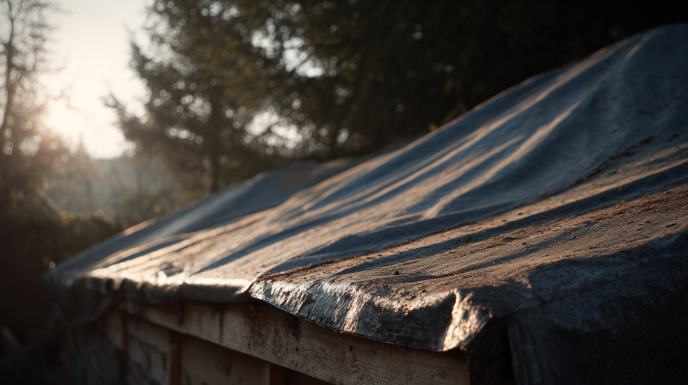
FAQs About Roof Tarp Utah Services
Lorem ipsum dolor sit amet, consectetur adipiscing elit. Ut elit tellus, luctus nec ullamcorper mattis, pulvinar dapibus leo.
How Long Does a Roof Tarp Last?
A well-installed roof tarp Utah homeowners use can last anywhere from several weeks to a few months, depending on weather conditions. It’s meant as a short-term solution until full repairs are completed.
Does Insurance Cover Emergency Roof Tarping?
In most cases, yes. Homeowners’ insurance often covers tarping as part of damage mitigation. Keep your receipts and photos for claim documentation.
Can I Tarp the Roof Myself?
We don’t recommend it. Snow, ice, and steep roofs are a dangerous combination. Professional emergency roofing services have the right safety gear and training to handle the job correctly.
What Kind of Tarps Work Best in Utah?
Heavy-duty, UV-resistant tarps with reinforced grommets and waterproof coatings hold up best against Utah’s mix of sun, wind, and snow.
When Should I Call for Storm Damage Roof Help?
Immediately. The sooner your roof is secured, the less risk of leaks, insulation damage, or mold. Our Clean Cut team offers same-day service and a 10-year workmanship warranty on all full replacements.
Utah Storms Are Tough, But So Are We
Utah’s winters can be harsh, but you don’t have to face roof damage alone. Whether you’re dealing with missing shingles, an active leak, or heavy snow strain, Clean Cut Roofing & Siding is here to help.
With nearly 30 years of experience and certifications from GAF, Malarkey, and Mule-Hide, our team knows how to handle Utah’s toughest weather. We offer quick storm damage roof help, high-quality tarping, and full repairs done right, every time.
Don’t wait for the next storm to make things worse. Contact Clean Cut Roofing & Siding today for trusted emergency roofing services and peace of mind when it matters most.
